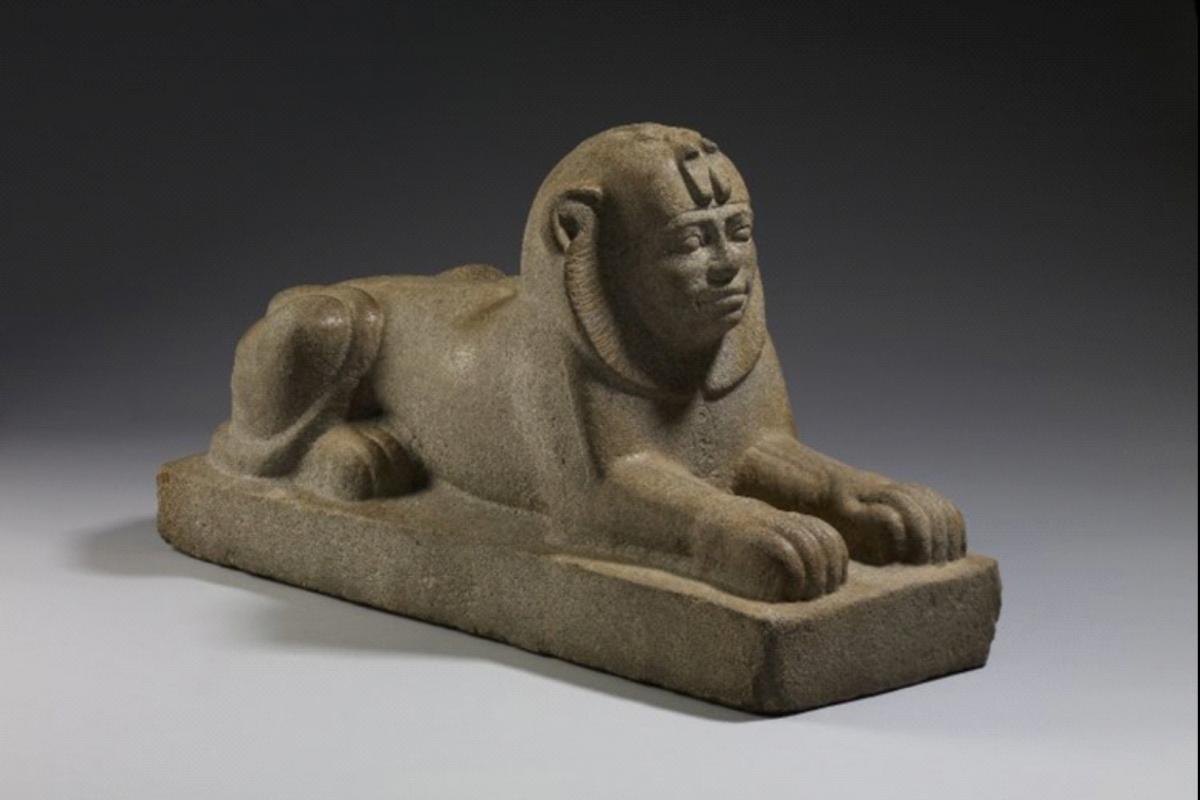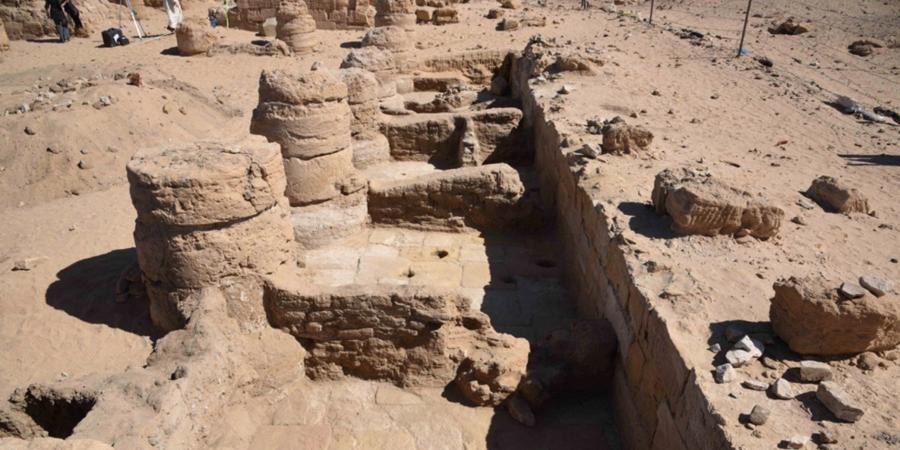Back in January, I flew out to Sudan to spend two weeks working on the inaugural season of the Sanam Temple Project under the direction of Dr Kathryn Howley (NYU) and sponsored by the Levy White Foundation. As I now work within the Heritage Team at Wessex, I was both excited to spend a little time moonlighting as a field archaeologist, and also to return to a country in which I last worked back in 2012, when I was a PhD student researching the Sudanese Middle Bronze Age. Both my PhD research and field archaeology career long having been shelved, I jumped at the chance to head back to a much underrated and archaeologically rich country.
The Background
The new Sanam Temple Project archaeological concession is located on the outskirts of the modern town of Karima.

Sanam concession in context. Image courtesy of Google Earth.
It sits within the historic heart of the Kushite Napatan Kingdom and was founded by the Nubian Pharaoh Taharqa, ruler of both Nubia (northern Sudan) and Egypt in the 25th Dynasty (c. 690–664 BC).

Sphinx of King Taharqa From Kawa. Image courtesy of the British Museum (EA1770).
The temple was first excavated by Francis Llewellyn Griffith more than a century ago in 1912. He cleared out the temple in the course of a single season (it’s about 75 m long, so this was definitely a rush job) and didn’t fully publish his records. His work only appears in preliminary form in 1922 in Liverpool Annals and since then, the site has been rather neglected. Despite these previous excavations, the Sanam temple concession was still considered to still hold much archaeological potential, with work at the nearby treasury, also worked on by Griffith, producing substantial quantities of material culture.
The brief for the season was three-fold:
- To see what was still there; what had been left by Griffith and what remained externally to the temple site with regards to archaeological deposits;
- To investigate potential faience production areas surrounding the temple. Griffith had found a number of shabti moulds which would indicate production on site or close by;
- To properly survey the site using GPS and photo planning techniques, and to record as much epigraphic decoration within the temple as possible.


Left: Temple of Sanam, founded c. 675 BC. Image courtesy of Dr Kathryn Howley (NYU)
Right: Shabti moulds found by Griffith at Sanam
My role within the team was to help with the excavation of four trial trench areas around the temple exterior, as well as the odd bit of excavation support within the temple itself, as it turned out there was a little more archaeology surviving than we had anticipated.
The results
Over the course of the two weeks, we excavated four initial 2 x 2 m trial trenches. These were situated, as far as possible, to avoid the mountainous spoil heaps Griffith had generated during his rapid clearance of the temple in the early 20th century.
The results of our trial trenches were quite exciting. A ‘demolition’ type layer was identified as being ubiquitously present, to varying extents, across the wider site, which seemed to relate to the partial destruction of the temple or surrounding buildings (large sandstone fragments concordant with the temple fabric). This was located c. 0.3−0.5 m below the modern ground surface and comprised a mix of large sandstone, with occasional limestone blocks. Below this were layers of compacted sand, sandwiched between windblown sand to varying depths, with fragments of residual, abraded ceramics within the upper strata.
Significant mudbrick architecture was identified to the south of the temple in Trench 2. Griffith talked of this being the possible location of one of Horatio Kitchener’s late 19th-century forts, however there was no datable material within this trench to further support this theory, leaving the function of this structure unknown at the end of the season.


Left: Excavation of Trench 1 with Rennan Lemos, PhD Candidate at Cambridge University. Image courtesy of Dr Kathryn Howley (NYU)
Right: Mudbrick structure within Trench 2. Image courtesy of Dr Kathryn Howley (NYU)


Left: Nile Mollusc shells from Trench 3 (a small sample). Image courtesy of Dr Kathryn Howley (NYU)
Right: Trench 3. Image courtesy of Dr Kathryn Howley (NYU)
The real surprise of the reason lay inside the temple, where we had anticipated that any archaeological remains would have been destroyed by Griffith during his temple clearance.
Once we had cleared the upper layers of windblown sand, it became obvious that there were extensive mudbrick walls and floor layers present throughout the temple courtyard. This unexpected evidence of extensive reuse of the temple area, over a substantial period (in some areas floor layers had been re-established over time up to a height of 0.5 m), introduced an exciting new dimension to the temple’s role within the local community which had not initially been considered as part of the project brief. There was evidence of reuse of stones from the temple structure within the later mudbrick walls, although the overall condition of the ‘rooms’ meant that it was difficult to discern any clear architectural plan. Additionally, sand was only cleared form the south-western edge of the courtyard, in order to expose surviving inscription for recording. As a result, we were unable to see if the floors and walls continued across the centre of the temple.
Archaeologically speaking, this was an unexpected surprise, but to the epigraphers, this was a real headache. Our short season and skeleton crew, meant that we were only able to clear and survey a small number of these ‘rooms’, however their presence opens up exciting new research potential for the site, with regards to activity in the area after the temple fell out of ‘official’ use.

Mudbrick walls dividing the temple courtyard into smaller rooms. Image courtesy of Dr Kathryn Howley (NYU)
Although I will not be able to return to the site this coming year I am excited to see what new archaeological discoveries await them during the 2018−2019 excavations.

